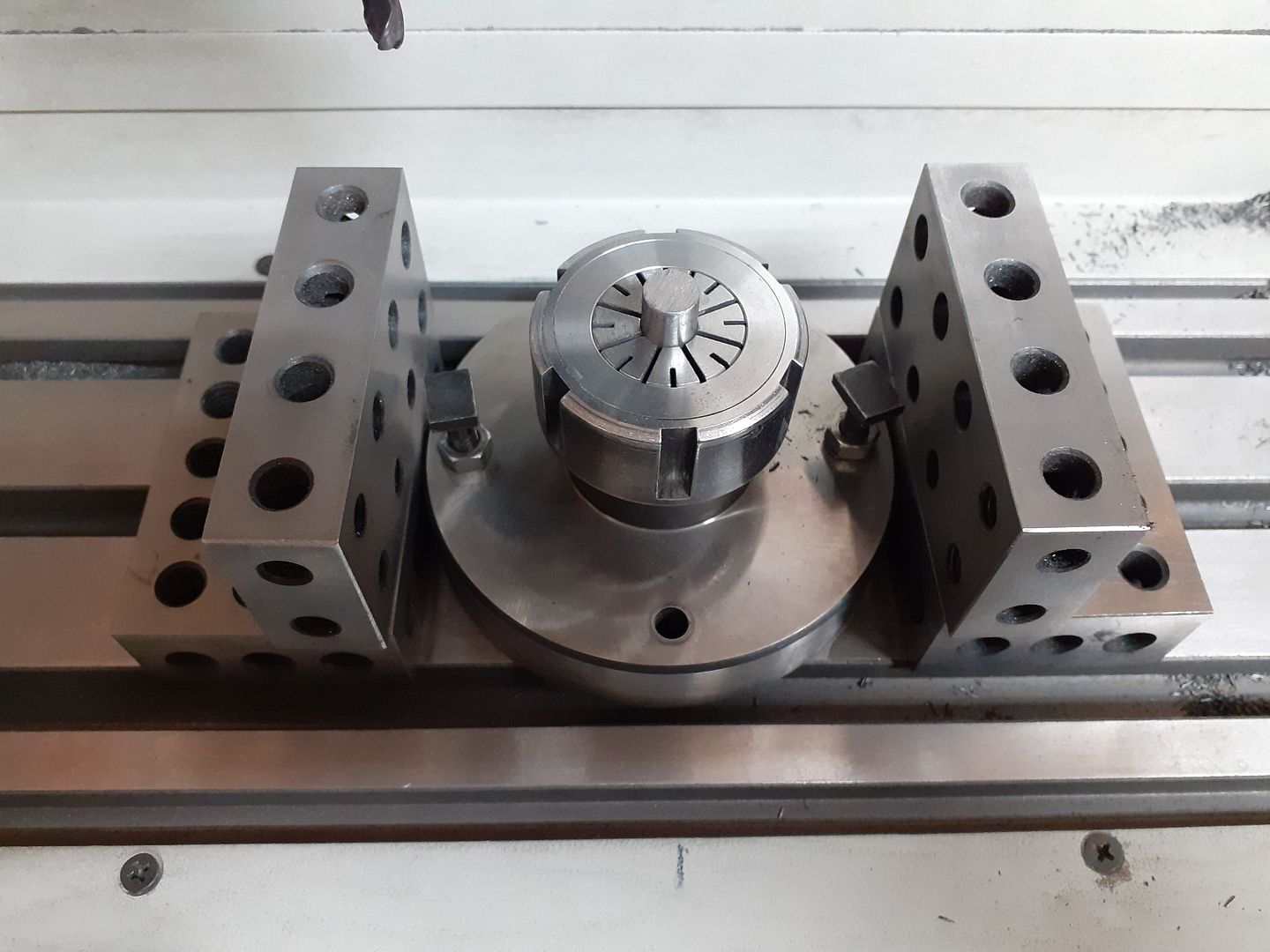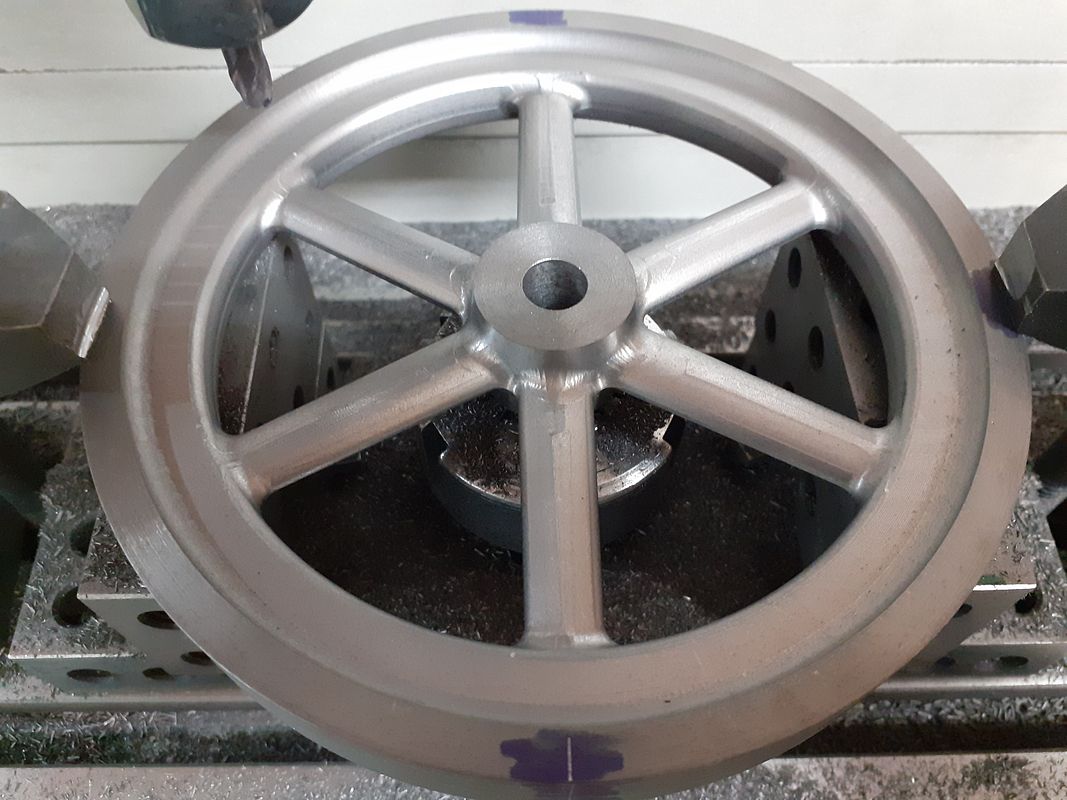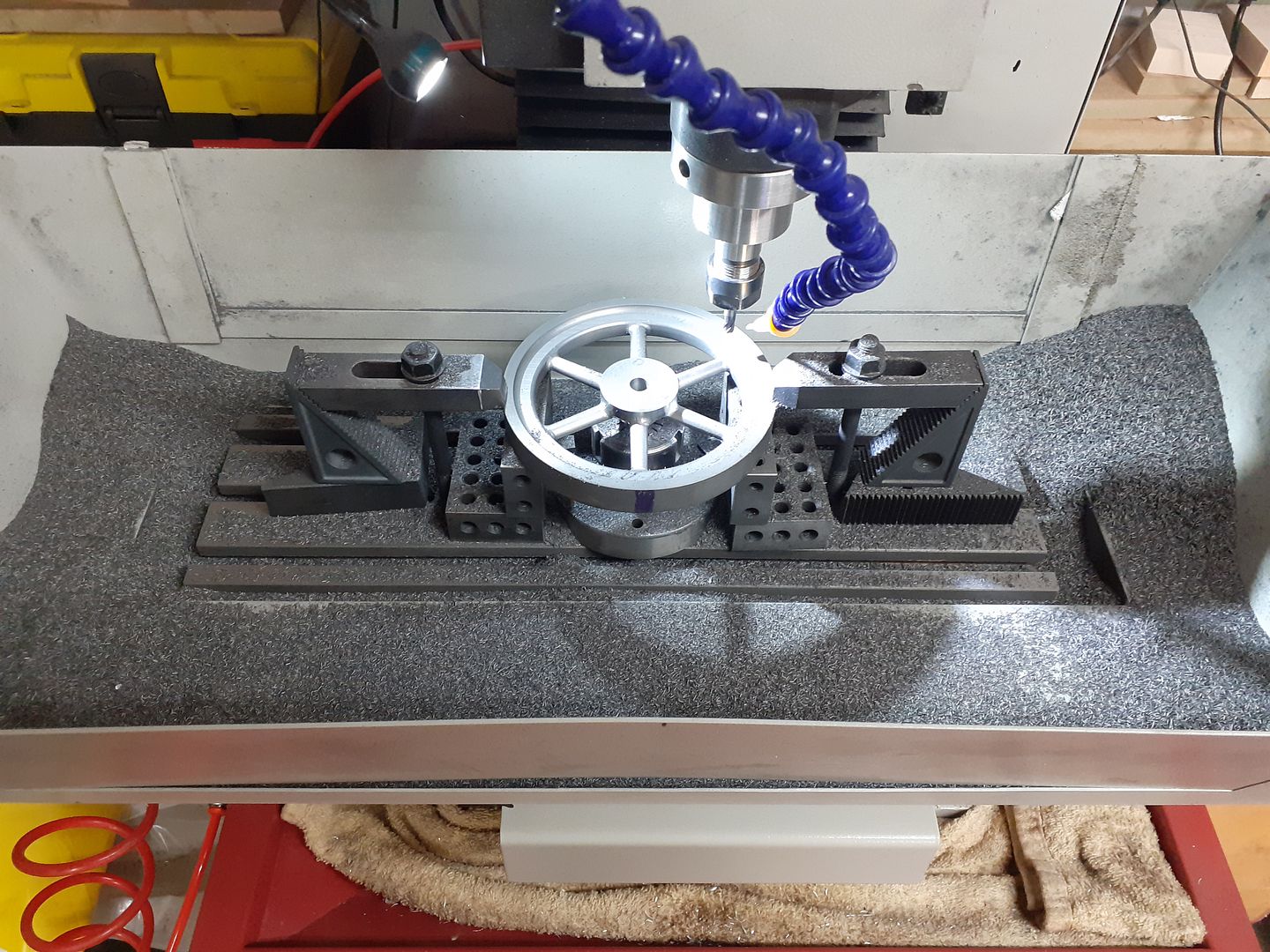Guys
I have just generated G-Code using CAMBAM and there are 75,000 lines. Is this a record? I have to say I was shocked. I am now sitting down with a glass of wine deciding the best way to modify the tool path. The main issue is the 0.3mm cutter and area clearance. I have to stay with the 0.3 cutter but introducing say a 6mm to remove the bulk of the Al would seem to be the way forward.
Maybe a second glass!
Mike
I have just generated G-Code using CAMBAM and there are 75,000 lines. Is this a record? I have to say I was shocked. I am now sitting down with a glass of wine deciding the best way to modify the tool path. The main issue is the 0.3mm cutter and area clearance. I have to stay with the 0.3 cutter but introducing say a 6mm to remove the bulk of the Al would seem to be the way forward.
Maybe a second glass!
Mike














